Coral reefs, often called the rainforests of the sea, are vibrant ecosystems that play a crucial role in marine biodiversity. These underwater structures are home to countless marine species, providing food, shelter, and breeding grounds. However, not all coral reefs are the same. Some stand out due to their unique characteristics, limited distribution, and fragile nature. The world’s rarest coral reefs are explored here, each with its own beauty and ecological value.
Lord Howe Island Marine Park
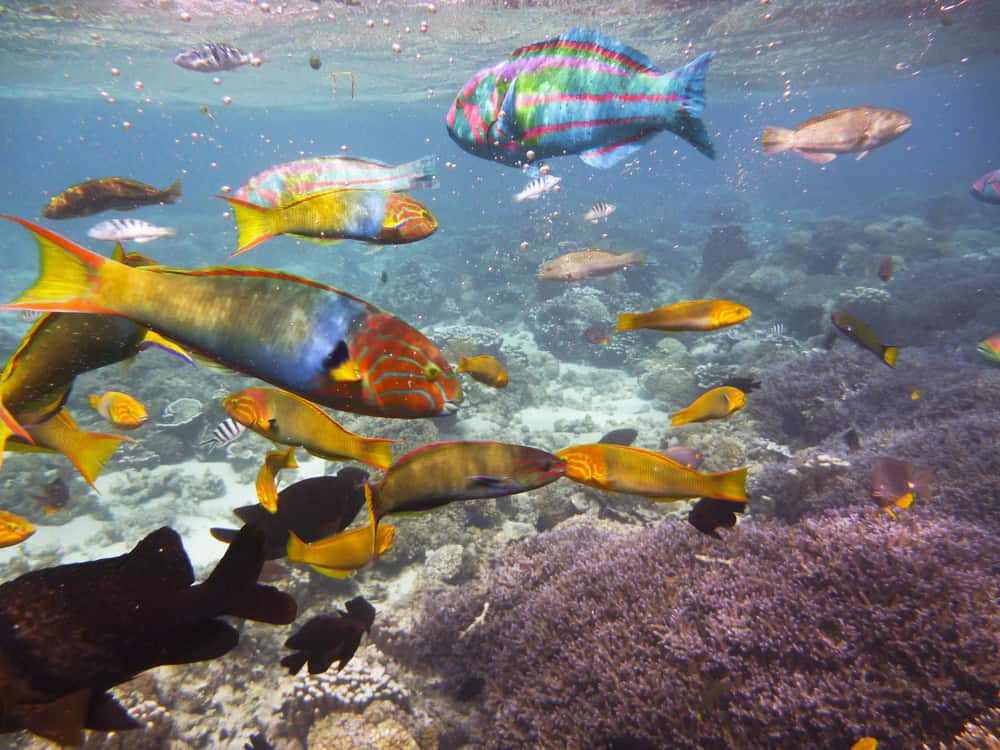
Off the coast of New South Wales, Australia, the Lord Howe Island Marine Park features the southernmost coral reef in the world. This reef is unique because of its high latitude and isolation. The corals display various colors and sizes, from delicate branching to massive boulder corals. Its rarity stems from its location far from other major reef systems, creating a distinct marine environment.
Mesophotic Coral Ecosystems

In the Caribbean, Hawaii, and the Red Sea, mesophotic coral ecosystems thrive at depths between 30 and 150 meters, where light is scarce. Due to the low-light conditions, these corals often appear in shades of blue and purple. They are rare because they exist in deeper waters, making them less accessible to researchers. This makes them less studied and understood compared to shallower reefs.
Pulley Ridge
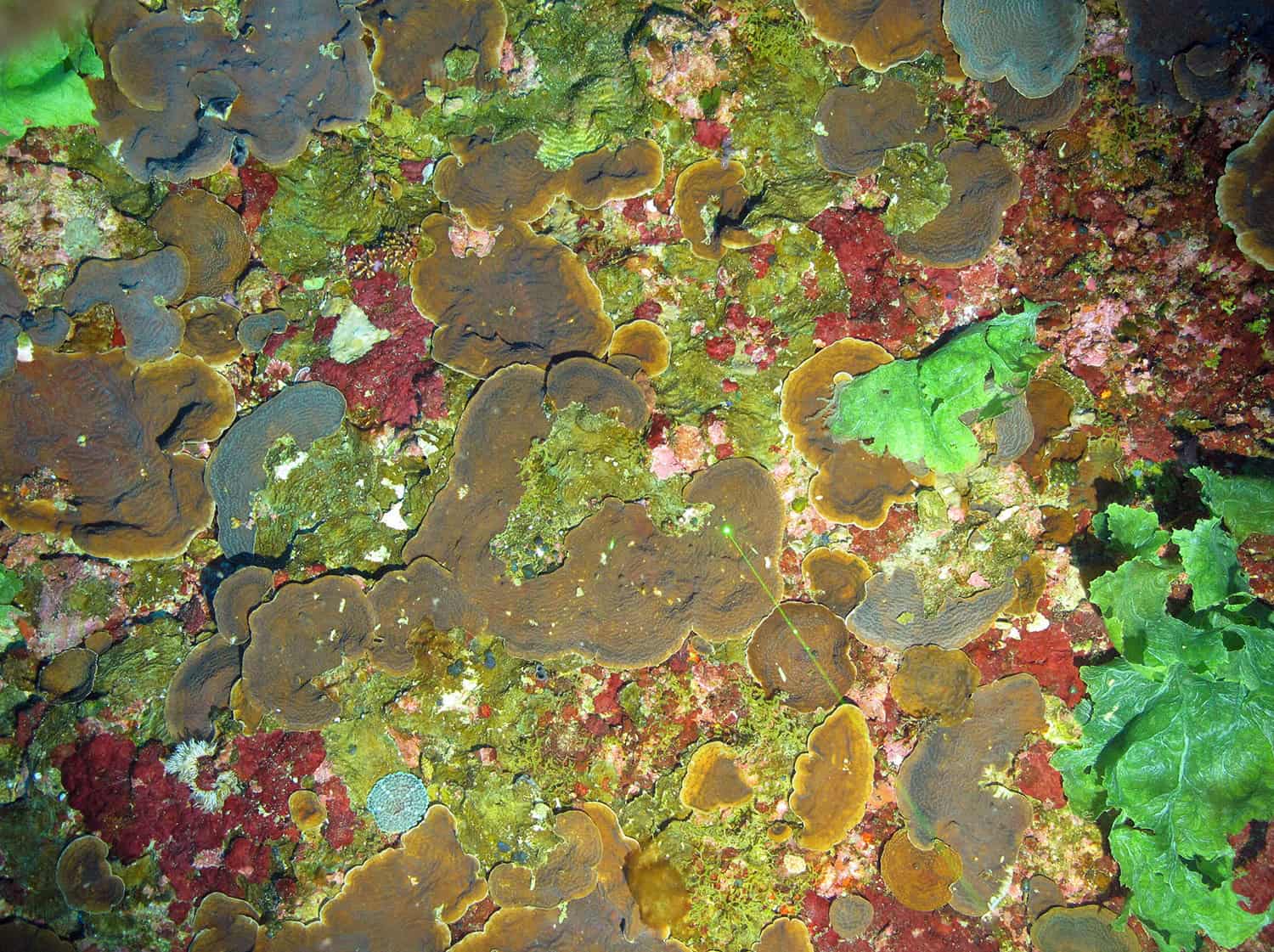
Located in the Gulf of Mexico, off the coast of Florida, Pulley Ridge is the deepest known photosynthetic coral reef. This reef features corals that can photosynthesize despite being at significant depths. The corals here are generally smaller and less colorful, adapted to the low-light environment. Their rarity is attributed to their depth and the unique adaptations of their coral species.
Apo Reef
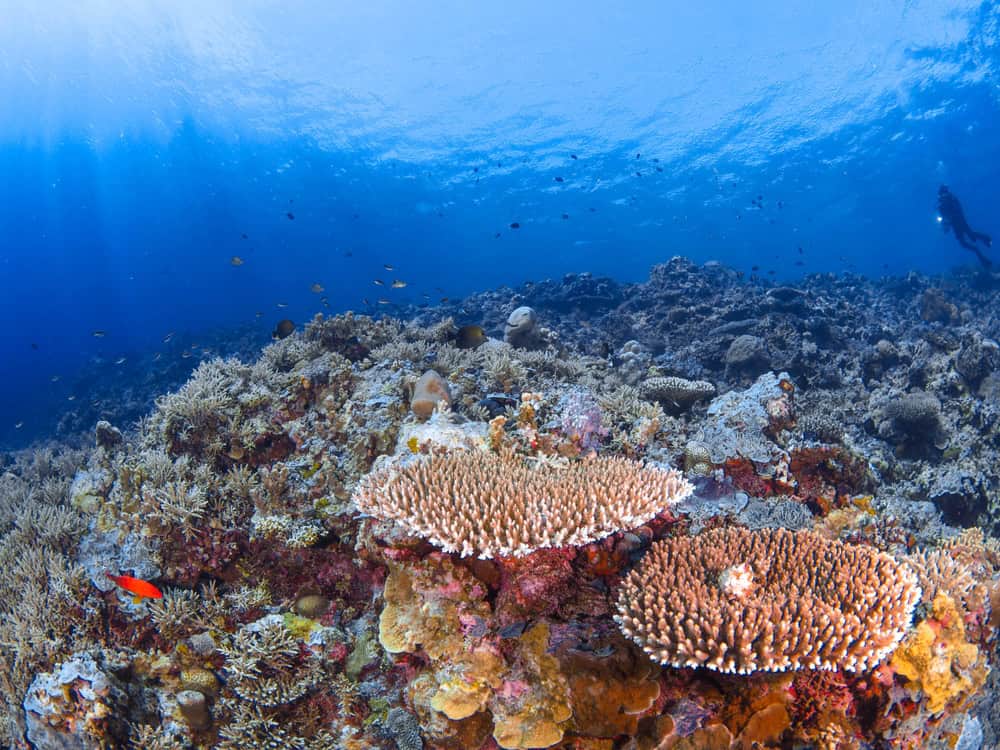
In Occidental Mindoro, Philippines, Apo Reef is the second-largest contiguous coral reef system globally, renowned for its pristine waters and rich biodiversity. The corals here range in size and color from small, brightly colored species to large, complex structures. Its remote location and protected status contribute to its rarity and well-preserved condition.
Tubbataha Reefs Natural Park
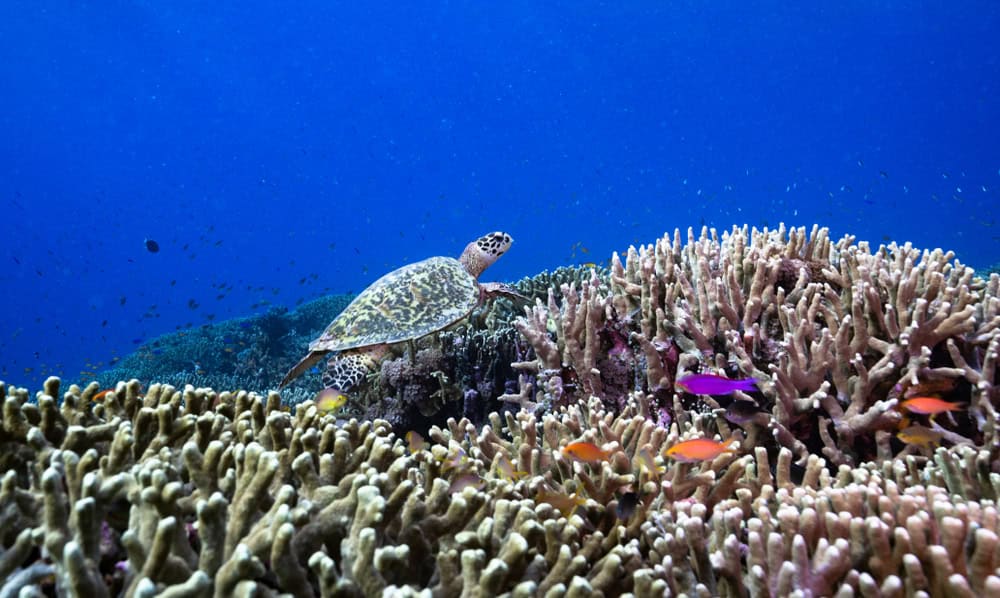
Tubbataha Reefs Natural Park, located in the Sulu Sea, Philippines, is a UNESCO World Heritage Site for marine biodiversity. This natural marine park covers 97,030 hectares and includes two atolls and the Jessie Beazley Reef. Corals range from vibrant reds, pinks, and yellows to deep purples and blues, creating a vibrant underwater mosaic. Tubbataha’s rarity is mainly due to its geographical isolation and stringent protection measures in place. The park’s remote location is about 150 kilometers southeast of Puerto Princesa City.
Palancar Reef
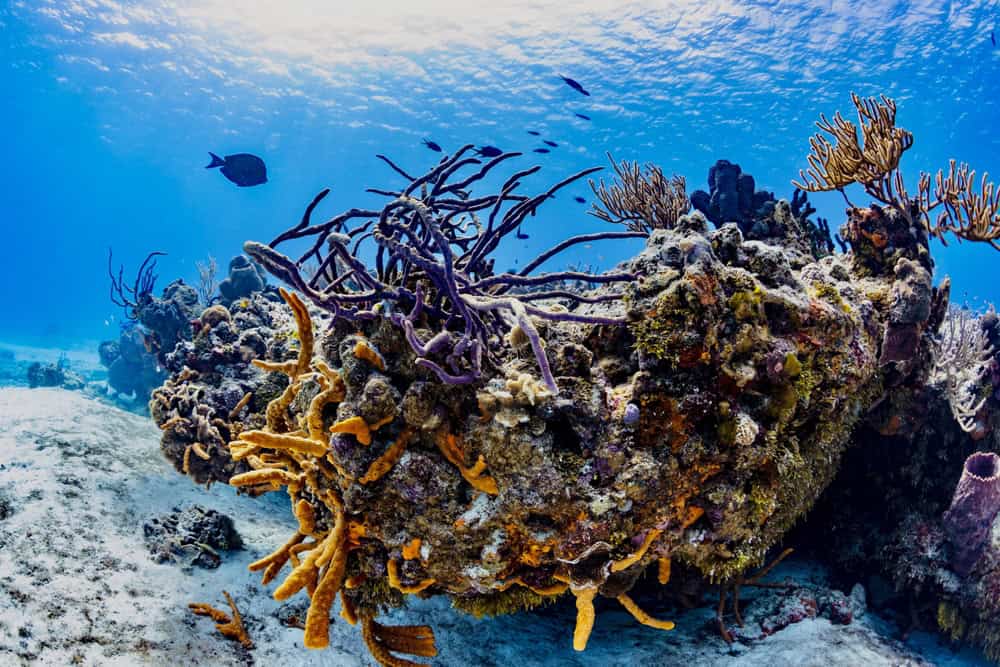
Palancar Reef, located in Cozumel, Mexico, is part of the Mesoamerican Barrier Reef System and is famous for its large underwater structures and abundant marine life. The corals exhibit bright colors and intricate shapes, creating stunning underwater landscapes. Despite its appeal among divers, Palancar Reef is less crowded than other sections of the barrier reef, preserving its beauty and distinctive formations. Its rarity lies in its unique formations and the relatively low tourist traffic compared to other parts of the barrier reef.
Raja Ampat Islands
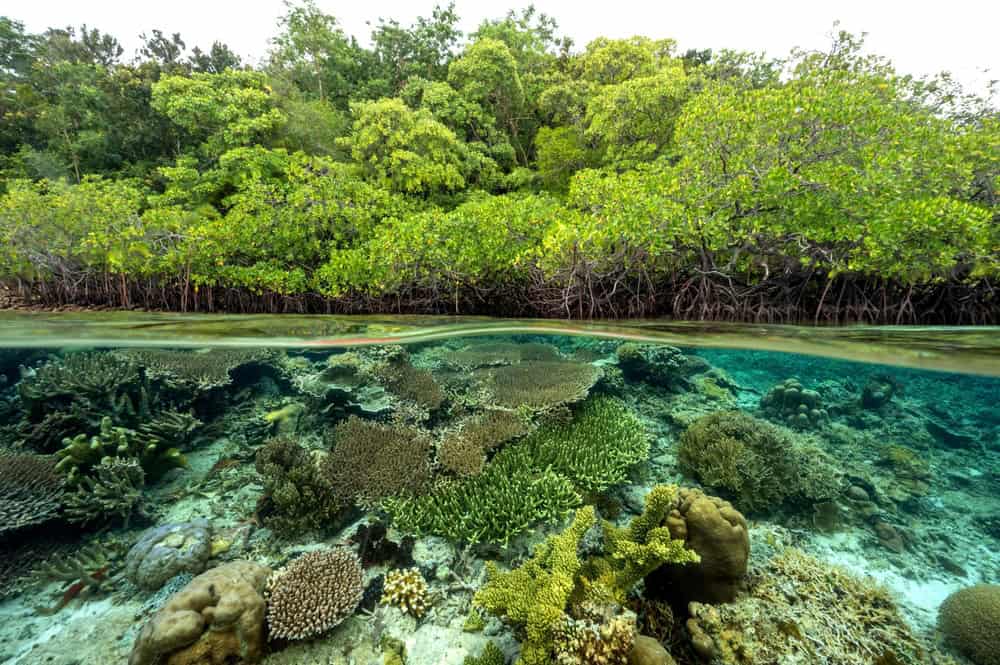
Located in West Papua, Indonesia, the Raja Ampat Islands are celebrated for possessing the highest marine biodiversity on Earth. The corals display a spectacular spectrum of colors and sizes, from tiny, vibrant polyps to large, elaborate structures. This stunning variety supports approximately 1,500 fish and 600 coral species. The region’s remoteness contributes to its rarity, preserving its ecosystems from extensive human impact.
Ningaloo Reef
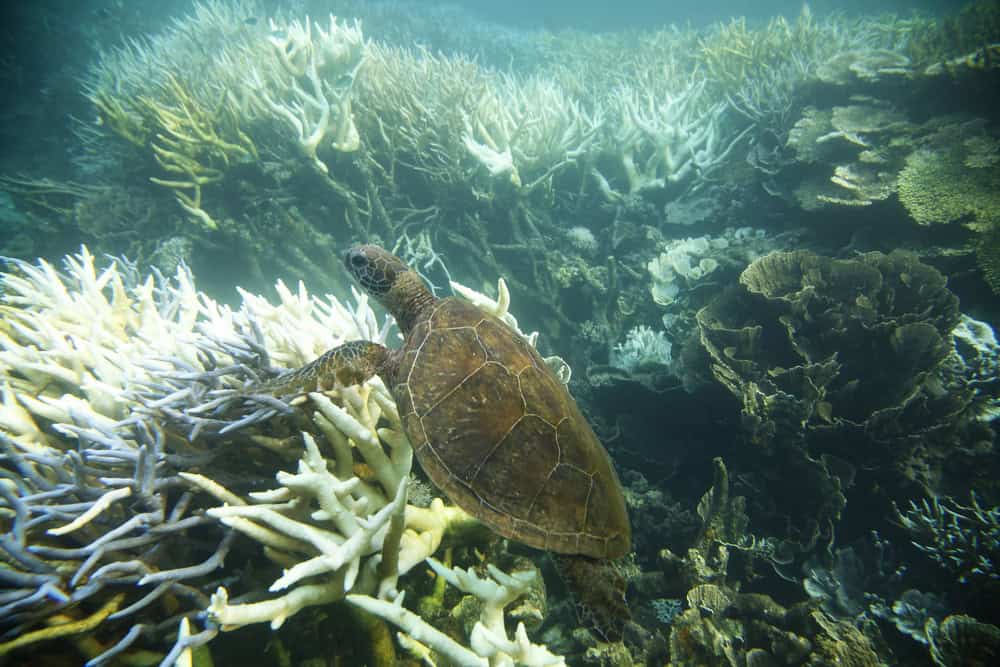
Ningaloo Reef, located in Western Australia, is a UNESCO World Heritage Site celebrated for its annual gathering of whale sharks. The reef’s corals are diverse, showcasing vibrant colors and intricate structures that support a rich variety of marine life. This reef is unique as a fringing reef, extending directly from the shoreline, making it easily accessible yet largely unspoiled. Its minimal development impact has preserved its natural beauty and biodiversity.
Solomon Islands Coral Reefs

The coral reefs in the Solomon Islands, located in the South Pacific, feature numerous endemic species found nowhere else on Earth. The corals display a stunning array of colors and forms, from small, brightly colored polyps to large, imposing structures. Their remote location and relatively undisturbed state contribute to their rarity. These factors make the Solomon Islands’ reefs a vital haven for marine life and a crucial area for biodiversity conservation.
Phoenix Islands Protected Area
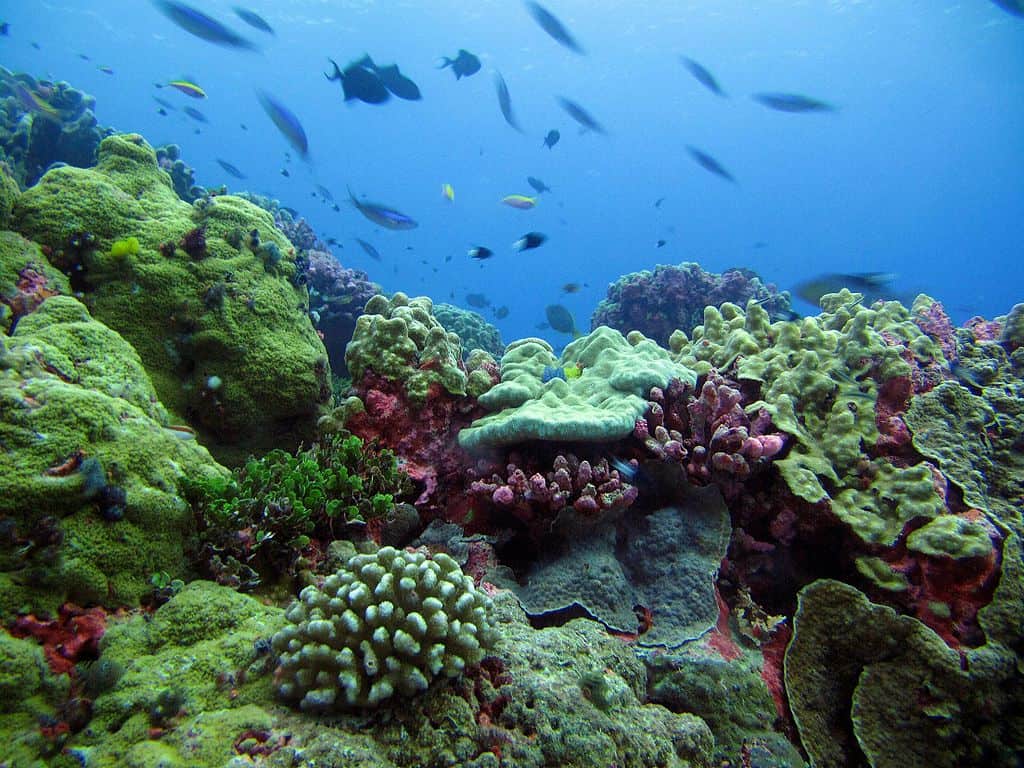
The Phoenix Islands Protected Area, located in the Central Pacific Ocean, Kiribati, is one of the largest marine protected areas globally. The corals here are pristine, with a range of colors and sizes that support a rich marine environment. This reef’s rarity is attributed to its remote location and extensive protection measures, preserving its unique marine biodiversity.
This article originally appeared on Rarest.org.
More from Rarest.org
10 Rarest Toys Ever Made

While the intended purpose of toys is to breed imagination and fun for children, rare toys raise the stakes. Instead of tea parties and fictional battles, these unique objects become expensive memorabilia with exciting stories attached. Read More.
15 Rare Vinyl Albums Every Collector Wants
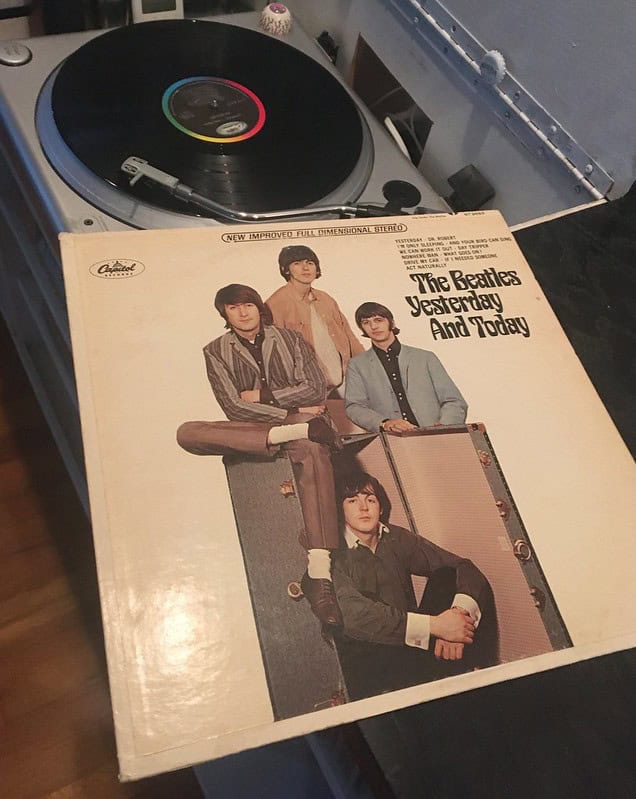
Vinyl records have long been treasured by music enthusiasts for their rich sound and tangible connection to the past. While many albums are readily available, some have become incredibly rare and highly sought after by collectors. Read More.
10 Rarest Gems in the World
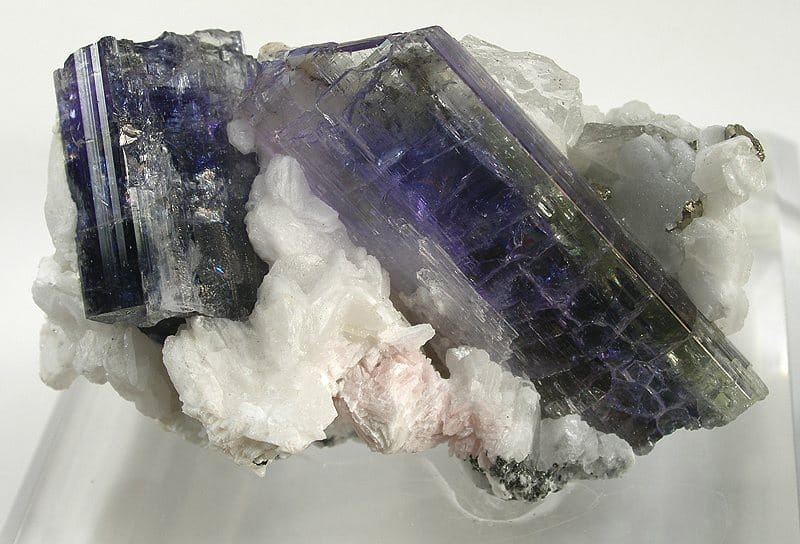
Over 300 documented gemstones worldwide, ranging from readily available or poor quality to extremely rare, pure, and expensive, fetching amazingly high prices in certain cases. Read More.
